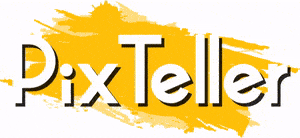How UI and UX Design Affects Your Digital Marketing Strategy
 Design pictures for your blog with PixTeller Photo Editor
Design pictures for your blog with PixTeller Photo Editor
Is there a relationship between user interface, experience, and marketing? Are the first two able to influence marketing strategies? In fact, yes, and one more yes.
Interface, experience, and marketing are three parts of one puzzle that form the correct picture only when each element is in the right place.
Moreover, user interface elements can enhance the return on marketing strategies and improve the user experience, which means it enhances the performance of marketing again. Let's see how it works in this article.
The UI Perspective

Perhaps we should not give the complete definition of the user interface. In the shortest version, this is the external shell of the site, its face, a set of all functions, and design elements in statics - that is, until the moment the user starts interacting with the site.
Next, the user experience begins, and we will also talk about its impact on marketing strategies in the next paragraph. In the meantime, let's see what user interface elements are inextricably linked with marketing (sometimes even using invisible threads).
-
Color
There is such a research discipline as the psychology of colors in marketing, which, as you already understood, is on the verge between marketing, psychology, and web design. Color is in the plane of the user interface, and has a direct impact on marketing, due to associations that can be formed using one or another color.
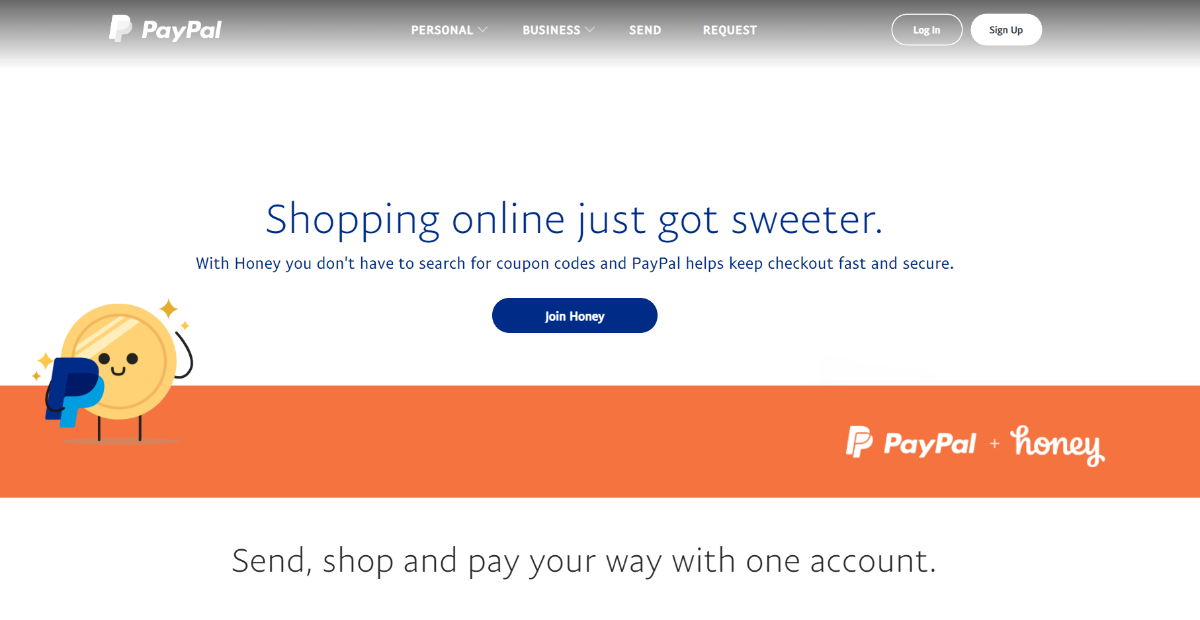
For example, white and blue are the colors of security, confidence, and stability. For this reason, they are used on the websites of financial companies - look at the PayPal website on occasion. Thus, color is one more way to convey a marketing message, namely the values that it symbolizes. You can also check our blog post - 5 Color Trends Ruling the World Wide Web.
-
Fonts
Web designers are aware that each of the fonts also has its own psychology. For example, the classic Times New Roman is ideal for business correspondence, and it is possible to give its unique characterization to each of the fonts.
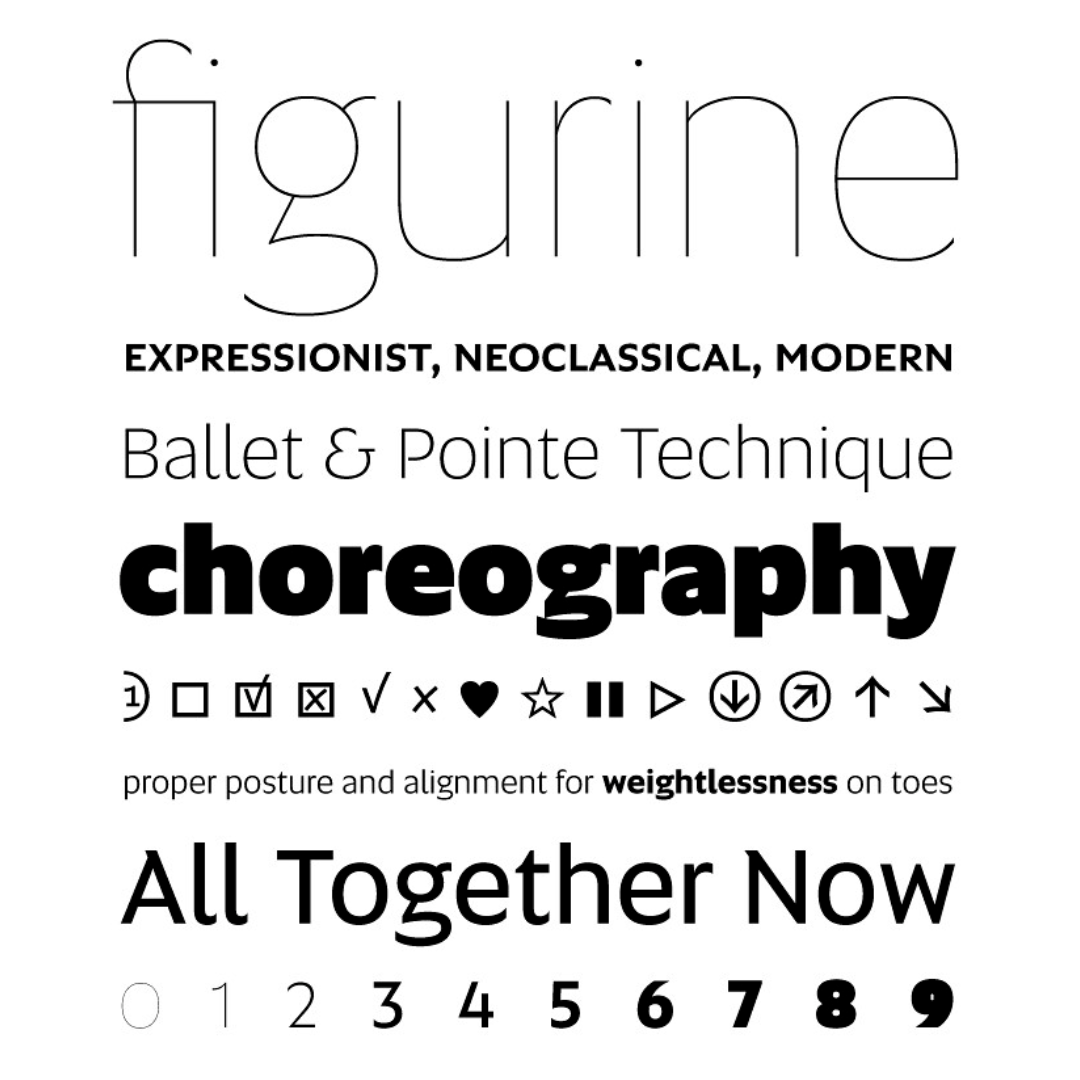
This is only the first and erroneous impression if you think that the fonts on the sites are chosen randomly, or at least based on the designer's personal preferences. No, the font is also a marketing tool responsible for the correctness and ease of perception of your marketing message.
To make sure of this, try choosing a poorly read or too vintage font for your email newsletter - and evaluate the analytic metrics. Open-rate will be critically low, simply because users do not consider it necessary to work hard to read your message.
-
Videos
Video is a strong marketing trend in recent years. And all the studies say that videos increase conversion, improve user engagement and behavioral factors, and are also well indexed by Google.
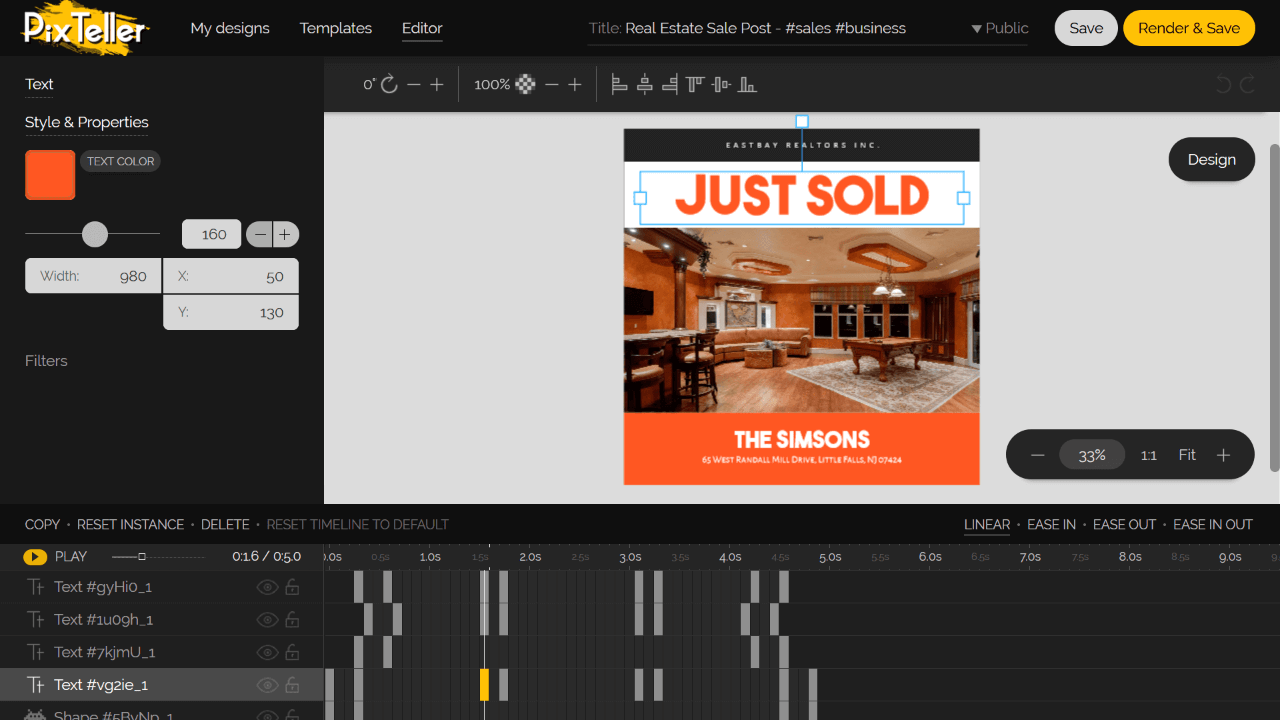 You can create your own short video with PixTeller animation maker
You can create your own short video with PixTeller animation maker
Do videos affect your marketing strategy? Of course, they do. Moreover, it is possible to build an entire marketing campaign around one viral video. Therefore, video clips become mandatory elements of the user interface, and as a result, experience.
-
Navigation
Navigation is a way to structure your site logically. And this is the same way to make traveling on your website simple, secure, and enjoyable.

Should navigation relate to user experience or interface? This may be precisely when a site element is at the junction of two concepts, but in any case, navigation has an excellent connection with marketing.
Moreover, you can guide the user along with the navigation steps of your site using marketing strategies.
-
Functionality
In the simplest definition, the functionality of a site can be defined as a phenomenon when each button is in its place and meets the expectations and intentions of users. And here, it is also possible to trace an obvious connection between navigation, functionality, and marketing.
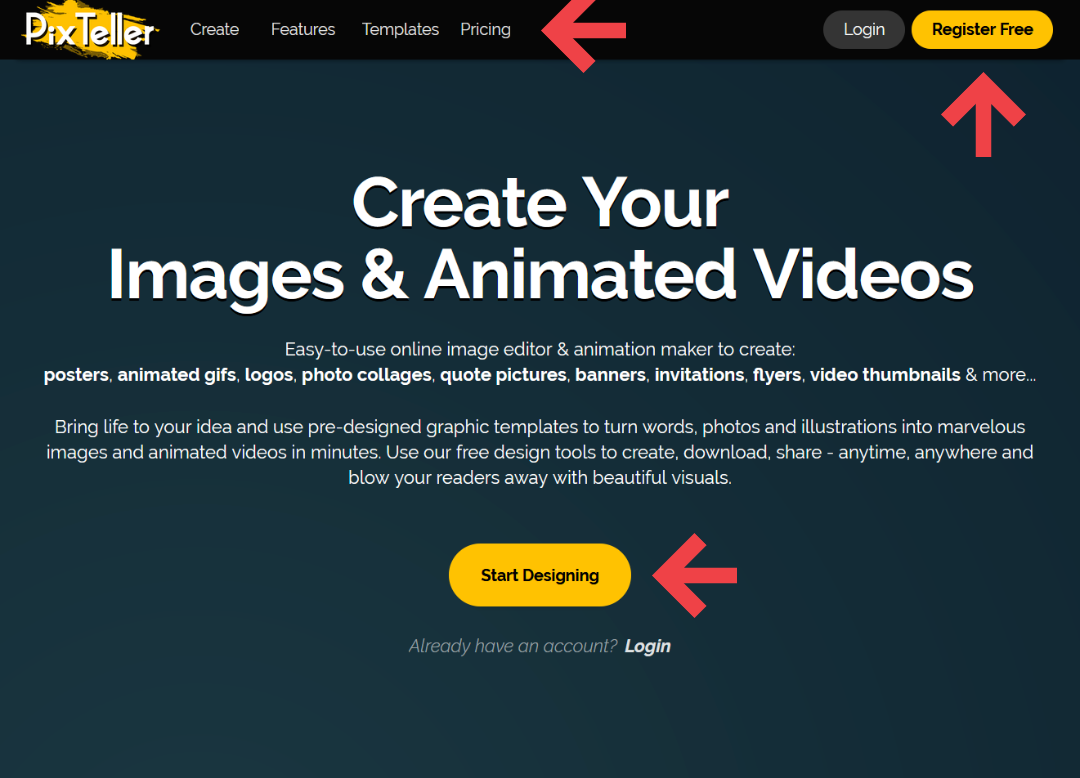
Your marketing strategy leads users to the site. The right navigation helps them get landmarks on the spot, and the necessary functions, when correctly positioned, stimulate them to complete the target action. If one element drops out, then this logical chain is interrupted. And most likely, forever.
-
Reliability of the Website
The reliability of your website also matters - and in most cases, it is associated with the authenticity of the brand. Is it possible to increase the site (and brand recognition, at the same time) using marketing techniques? Of course, this is possible - moreover, you need to do this.
If you evaluate the site's reliability from search engines, then the first indicator that speaks of authenticity is the presence of backlinks. The more backlinks you have, the more users know your name and subconsciously begin to consider your site reliable.
However, unfortunately, it is not possible to create a backlink base from scratch in one day. This process requires continuous effort.
-
Value
In this case, we are talking about the value of your product or service to the user. This value should be shown visually, and due to the design elements as well. And this is pure marketing.
For example, if you create a separate site block and put statistics on your successful transactions, the number of satisfied customers and well-known brands that work with you will increase the value of your offer in terms of marketing, but within the user interface. Do you feel the relationship? Yes, you are right.
The UX Perspective

As we already said, the user interface comes to life and turns into a user experience when the user starts interacting with the site. Where is the marketing component here? Let's get it right.
-
Speed
The ideal site loading speed is from two to five seconds. We will tell you even more than 47% of users expect the site to load in two seconds - therefore, five seconds is the upper limit, followed by a refusal to interact with the website.
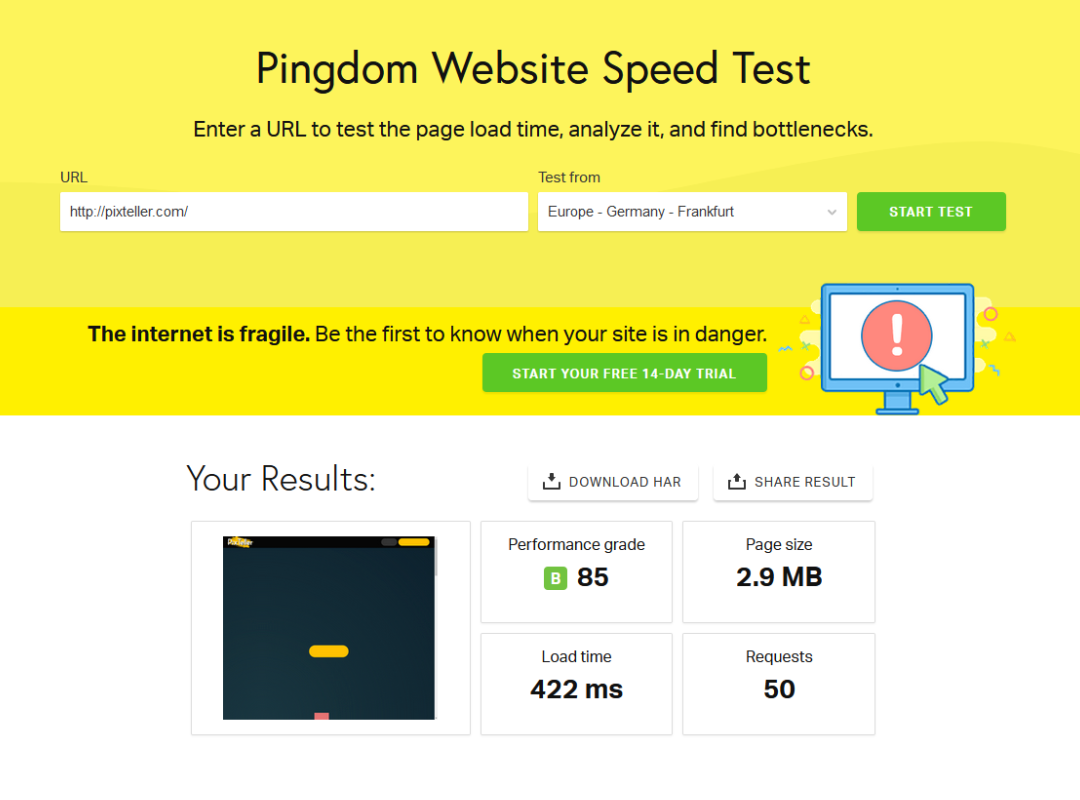
And here, we can also see a direct relationship with marketing. Even if your marketing strategy is brilliant, but the site does not load for a few seconds, it does not make sense. And if strategy and speed work hand in hand, then this is another plus in the piggy bank of user loyalty to your business.
-
Mobile Experience
In this case, the words will be superfluous - a site that is not adapted for mobile devices is subconsciously perceived as unreliable, outdated, and most likely, just not working.
And no marketing strategies will help here - modern users are already so convinced that sites must be mobile-oriented, that non-compliance with this requirement kills any marketing.
This is a completely obvious interconnection and mutual influence. When considering each marketing step, take mobile devices into account - users should read your letters and make purchases from smartphones equally easily.
-
Content
Content on your site is another pillar of user experience. Most users want to receive fresh and high-quality content from the brands they work and from which they buy. And it is not surprising that the process of thinking through, creating, and delivering content to users has evolved into an entire industry - content marketing.
The relationship here is too obvious to explain. You can sell anything with the help of a written word, convince users that you meet their expectations, and correctly guide them through the funnel of developing a relationship with you.
-
Customer Experience
What is the difference between user experience and customer experience?
That's right. The user experience becomes customer experience at the moment when the user performs the target action - makes a purchase, issues a subscription, orders delivery, and so on. And it would be illogical to drop this item from our list because this was the primary goal - to turn the user into a client.After this has happened, other marketing approaches will work - your customers will talk about you themselves, mention you on social networks, and your marketing approaches will also change - you will go to a new level of relationships.
Almost the End
If you do not dig deep, it may seem that web design, components, and marketing live their lives separately from each other, solving different problems. But in fact, every element of web design has a direct impact on marketing, marketing strategies, and the perception of your brand and messages by users.
And of course, it is necessary to analyze every component of web design in the context of the relationship with the marketing strategy - and improve your performance indicators through an integrated approach.
Until next time, Be creative! - Pix'sTory made by Marie Barnes
Marie Barnes is a marketing communication manager for LinksManagement. Also, she does some photo retouching at Photza. She is an enthusiastic blogger interested in writing about technology, social media, work, travel, lifestyle, and current affairs.
Recommended posts
-
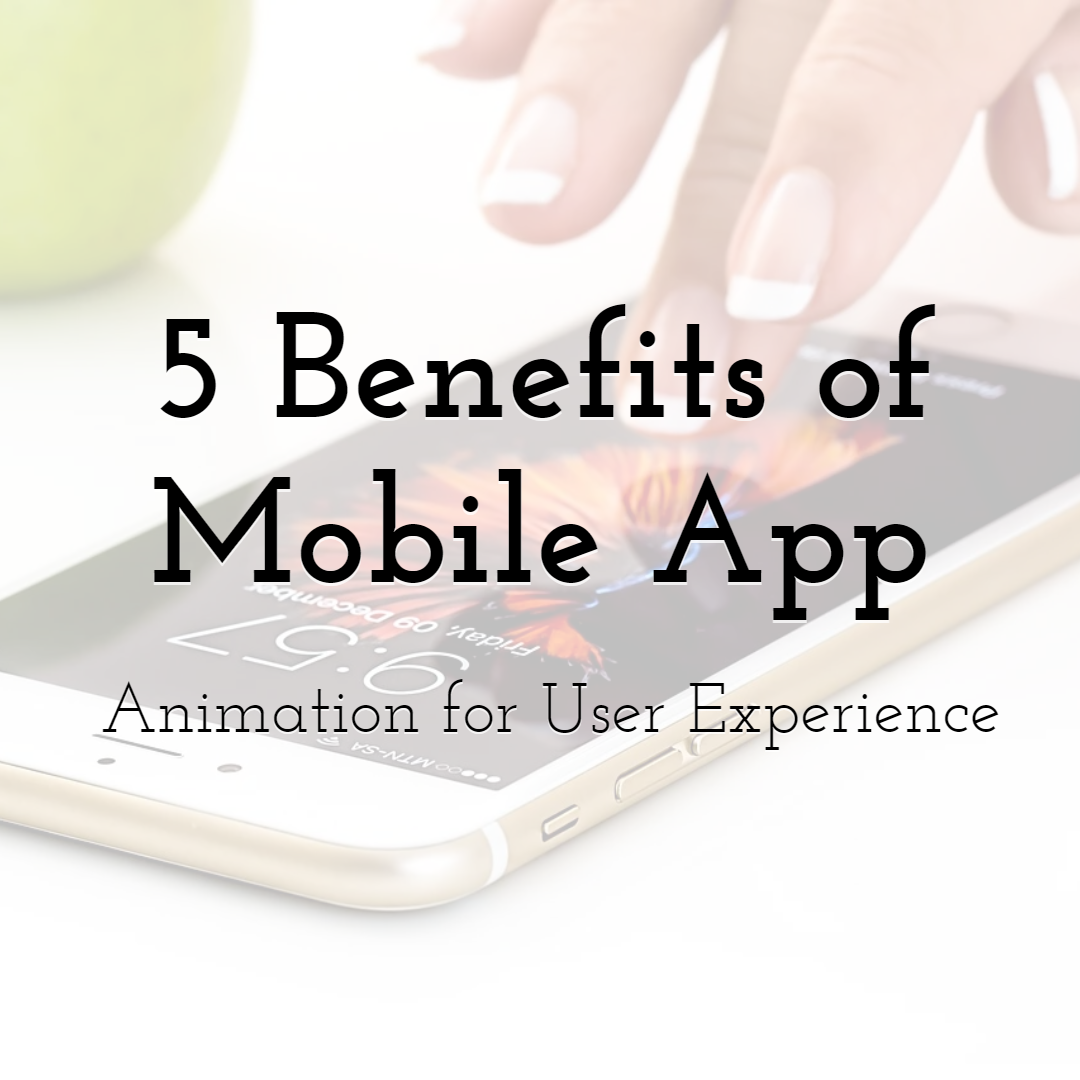
5 Benefits of Mobile App Animation for User Experience
Read More › -
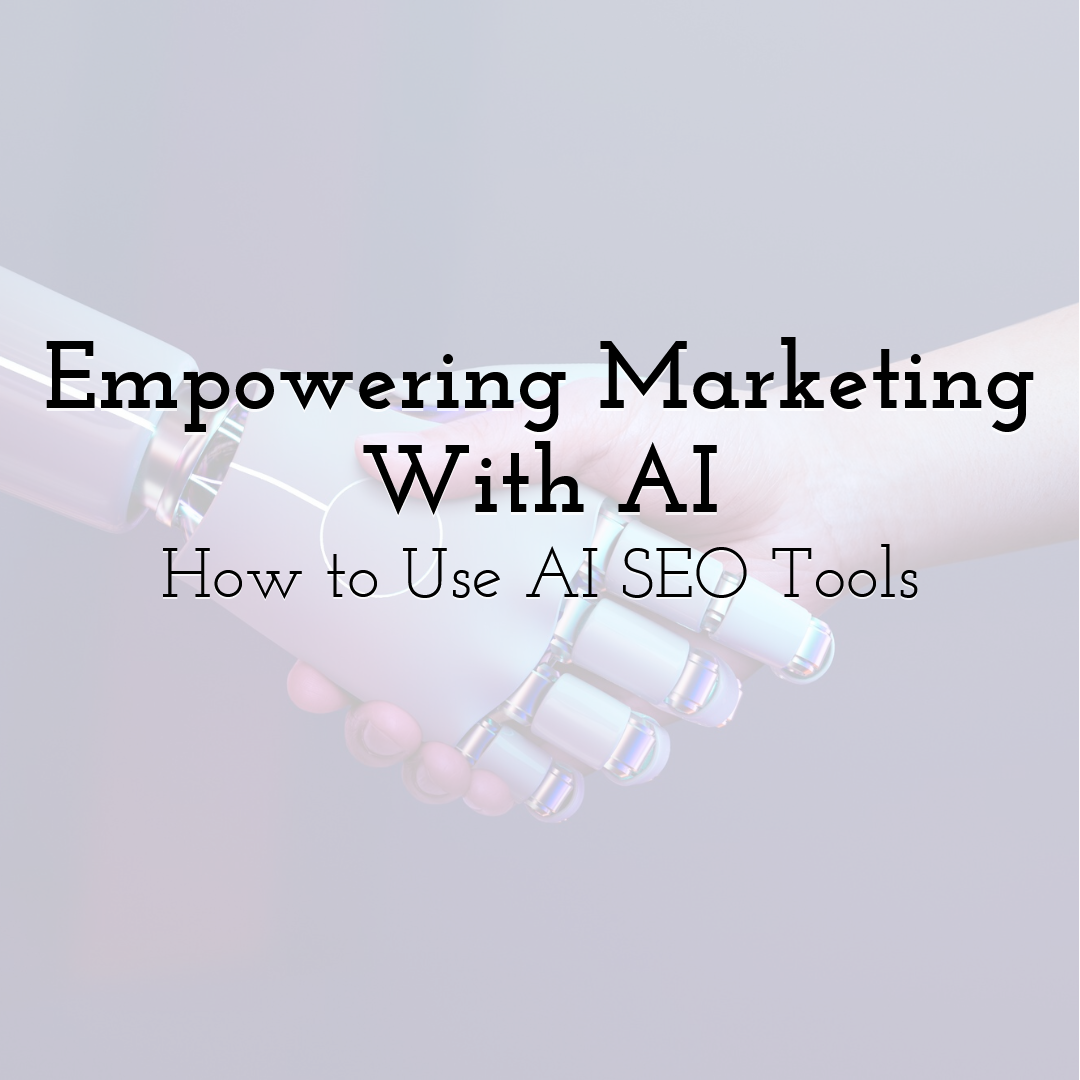
Empowering Marketing With AI: How to Use AI SEO Tools
Read More › -
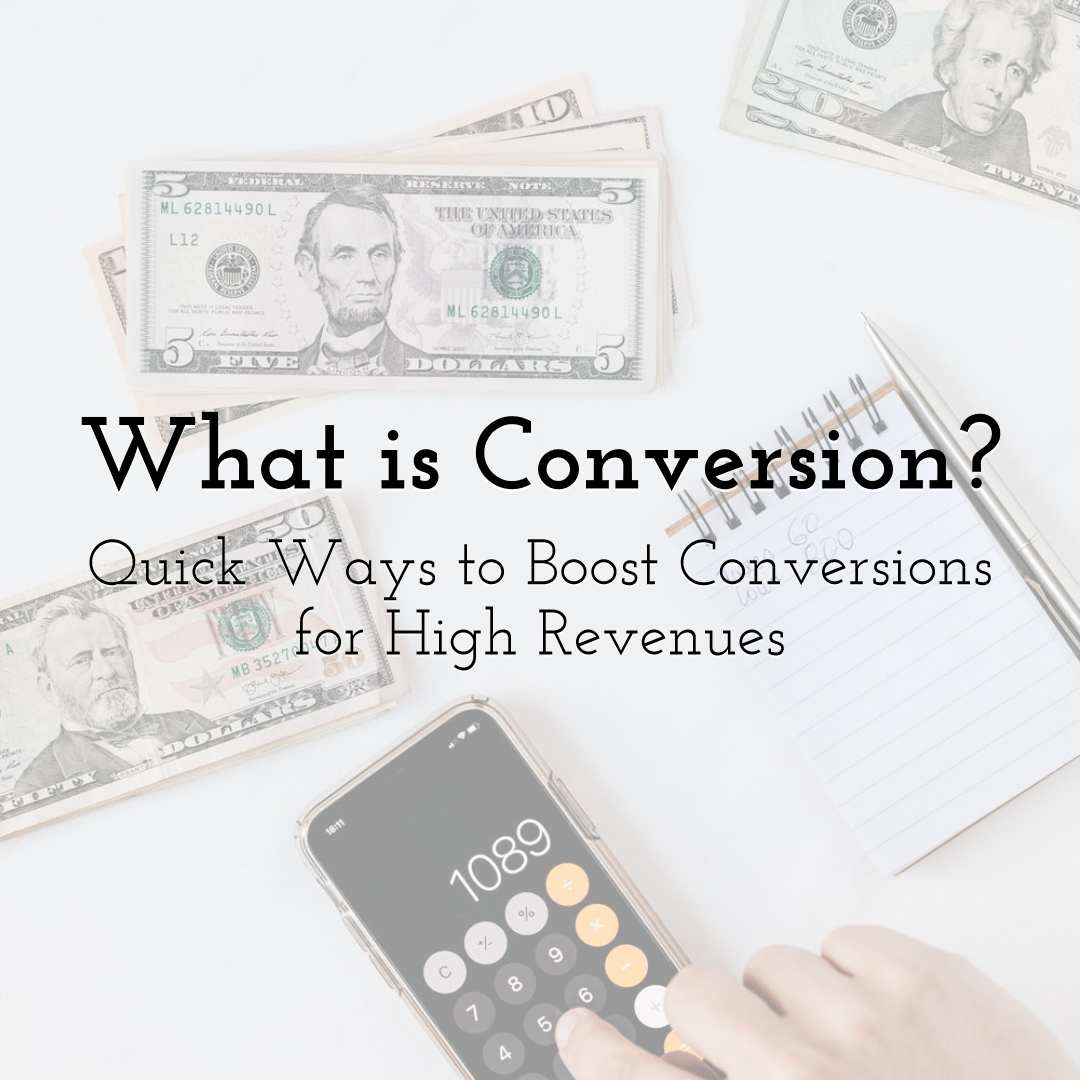
What is Conversion? Quick Ways to Boost Conversions for High Revenues
Read More › -
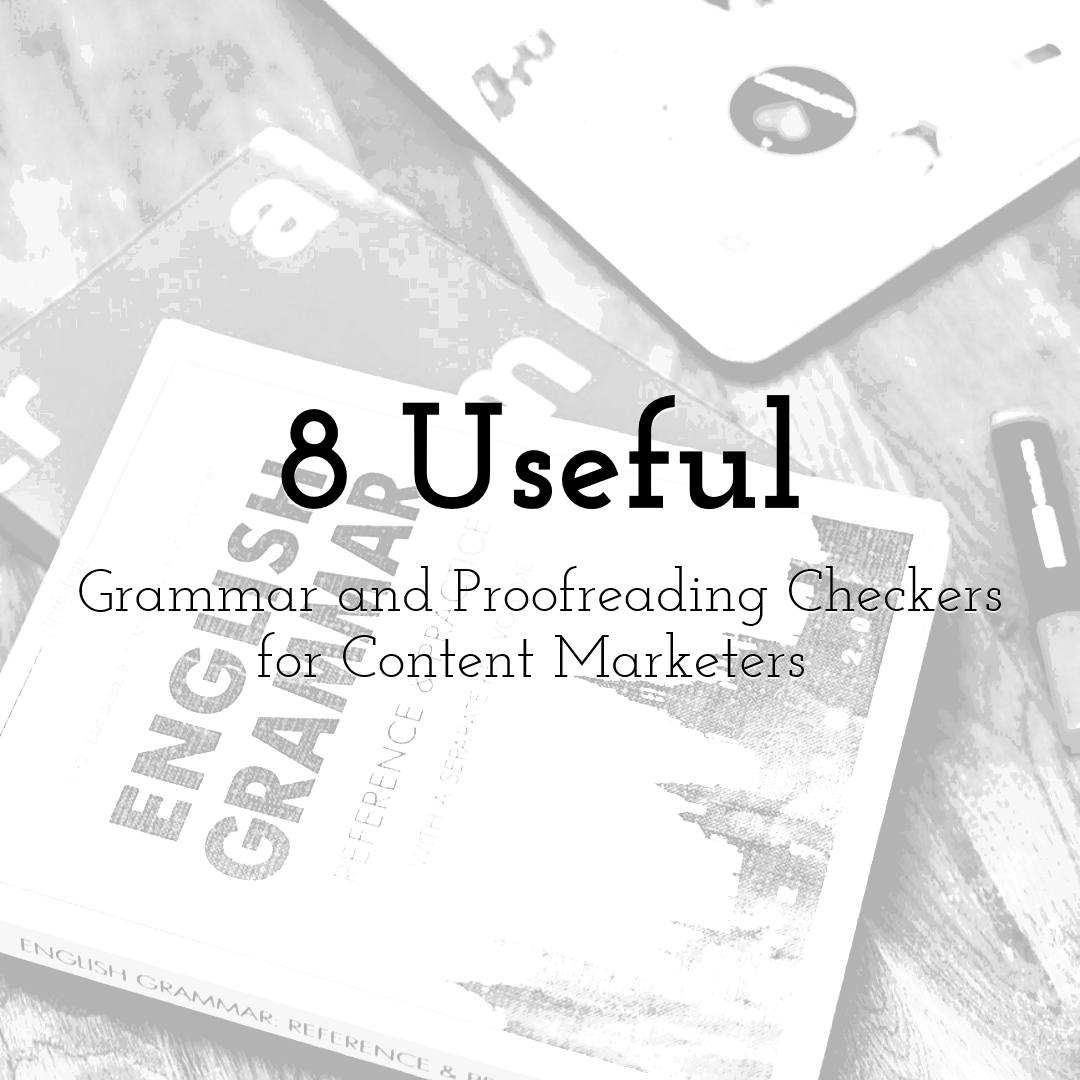
8 Useful Grammar and Proofreading Checkers for Content Marketers
Read More › -
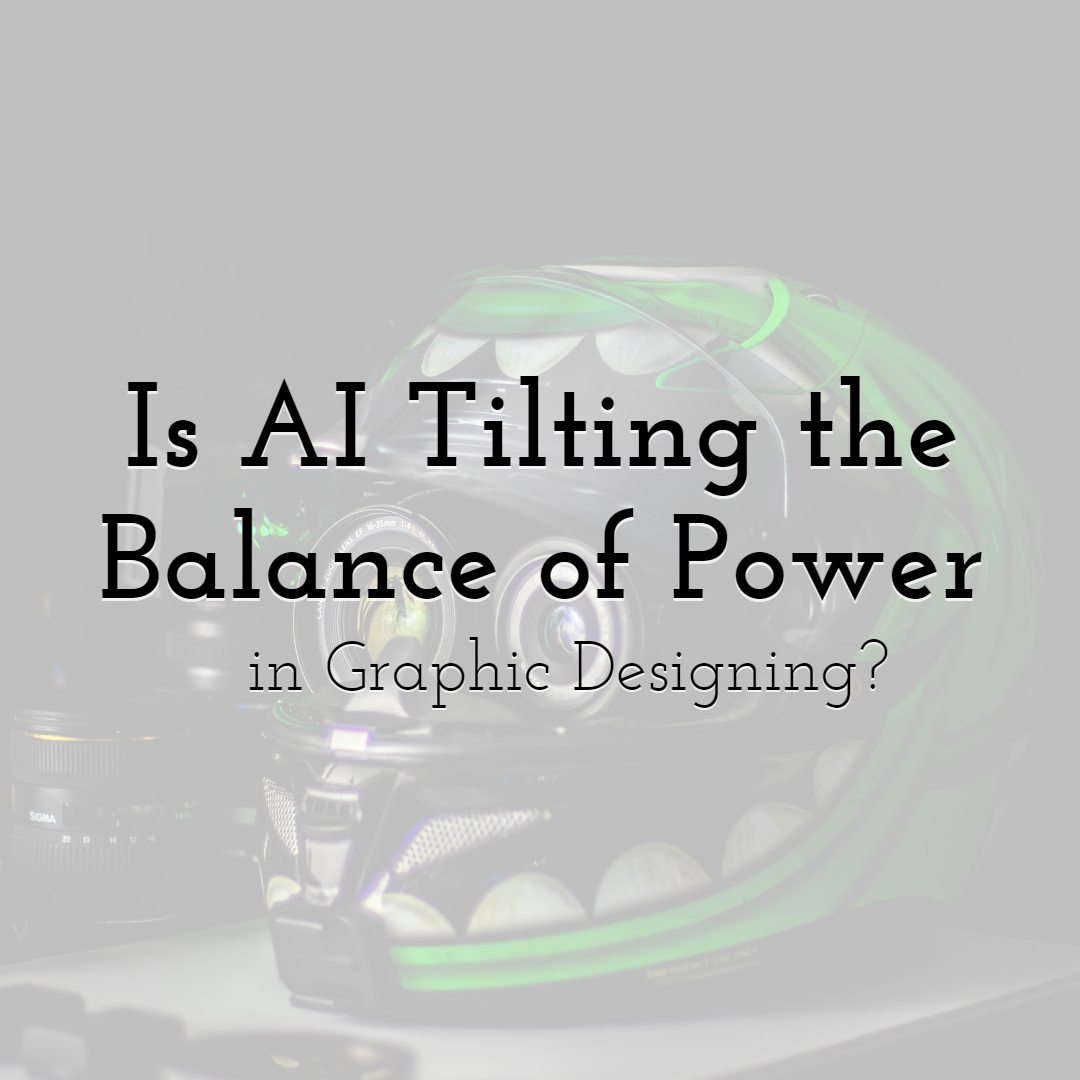
Is AI Tilting the Balance of Power in Graphic Designing?
Read More › -
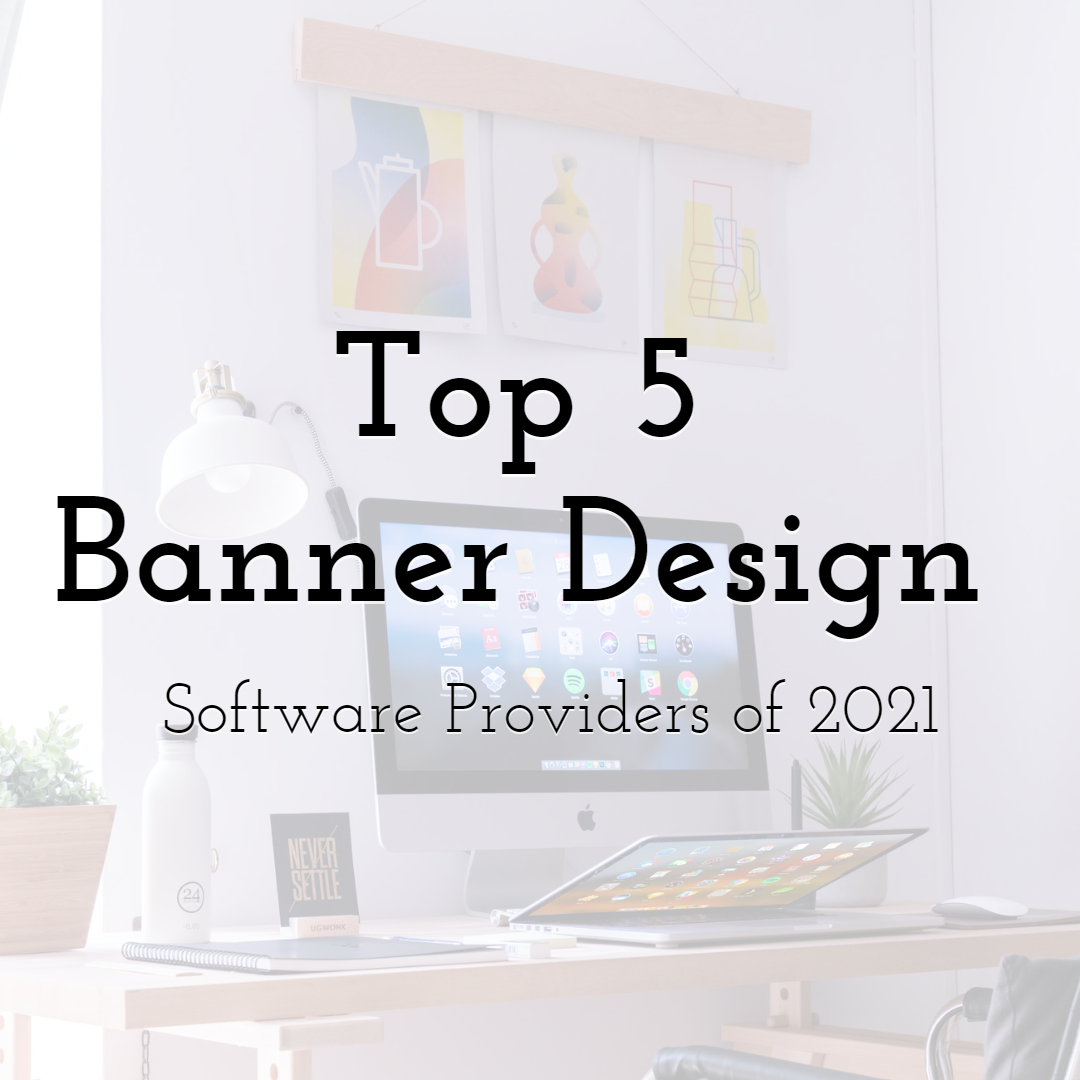
Top 5 Stunning Banner Design Software Providers of 2021 to Consider For B...
Read More ›
